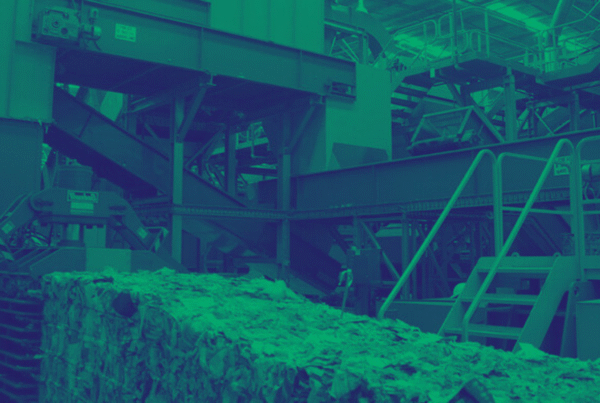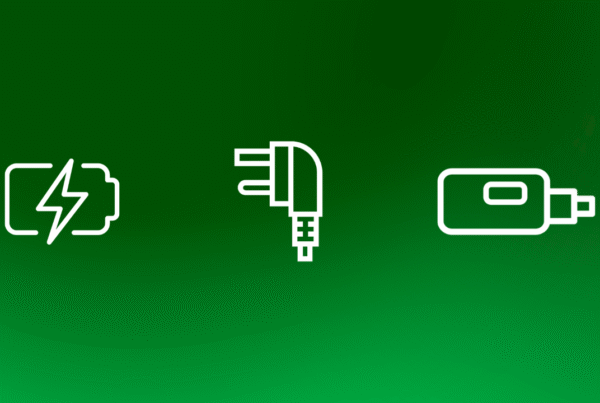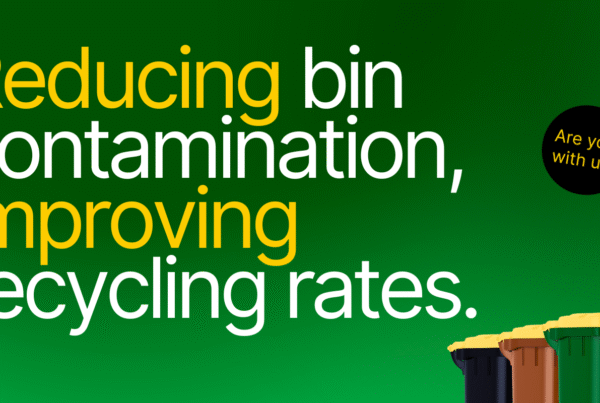Plastic waste is one of the biggest environmental issues of the modern world. The increasing amount of plastic waste generated from households is leading to devastating effects on our planet. In Ireland, advanced initiatives for recycling plastic at household levels have been introduced. However, recycling rates still remain a challenge. In this blog post, we delve deeper into the plastic recycling statistics of households in Ireland, and what can be done to improve them.
EPA.ie
According to the Environmental Protection Agency (EPA), “in 2021, Ireland generated 1.2 million tonnes of packaging waste“. Ireland’s packaging recycling rate decreased from 62% in 2020 to 58% in 2021. Also worth noting is that our recycling rate is now 3 times slower than the amount of waste we are generating.
Improved access to recycling facilities can help in increasing the plastic recycling rate in households. In Ireland, household recycling includes segregated waste bins to separate household waste into 3 streams General waste, recyclable and organic. Nonetheless, not all households have easy access to sufficient recycling facilities. Generally organic waste is on seperated in urban areas. In rural Ireland organic household waste collections do not happen. Organic waste is composted at home or included within general waste.
The role and impact of each individual household are essential in reducing the amount of plastic waste that goes to landfills. Households can take small initiatives to properly dispose of their plastic waste and increase their recycling rate. These initiatives include the reduction of plastic usage by using reusable bags, cups, and bottles, properly segregating plastic from other waste, and disposing of contaminated plastic properly by rinsing it before throwing it in the recycling bins.
Moreover, awareness campaigns are essential in educating households about the importance of the proper disposal of plastic waste for recycling. These campaigns by councils or non-governmental organizations emphasize the do’s and don’ts and proper segregation of plastic waste for recycling.
Conclusion
The household plastic recycling statistics in Ireland are nowhere close to where the EU need us to be by 2025. The responsibility for improving these figures lies on both government and households. Using less, reusing more as well as access to recycling data and information on segregation will help contribute to better household plastic recycling rates in Ireland. By making small changes to our daily habits, we can work towards reducing plastic waste and safeguarding our planet.






